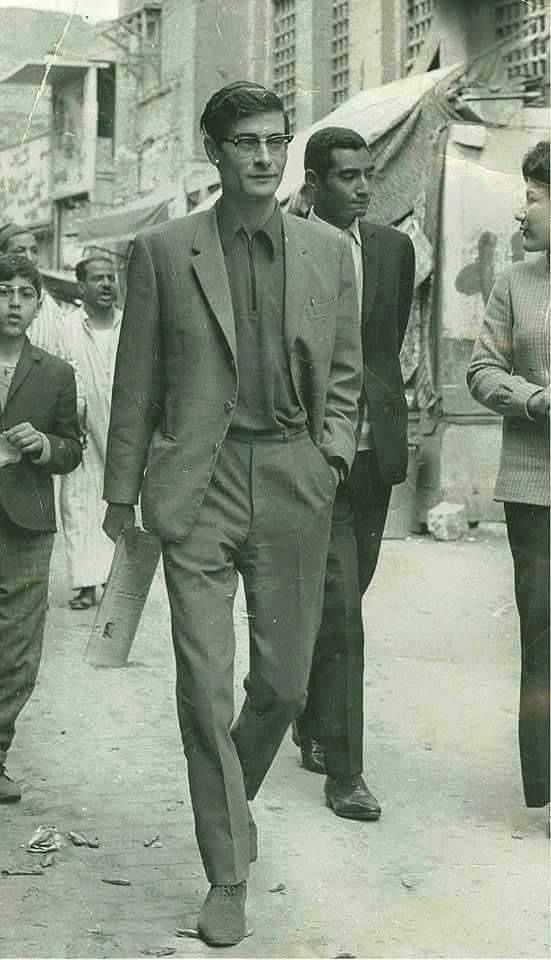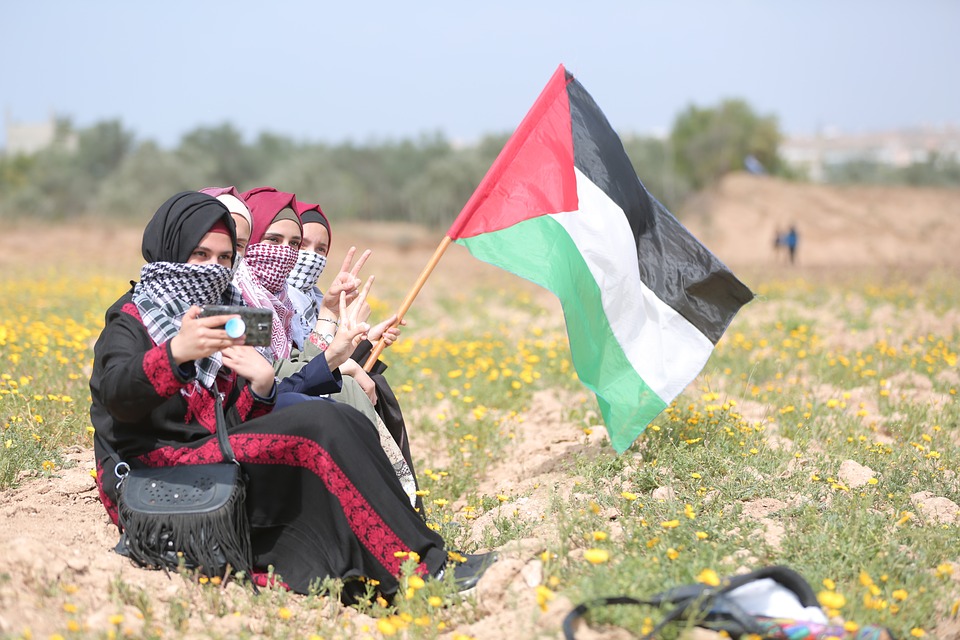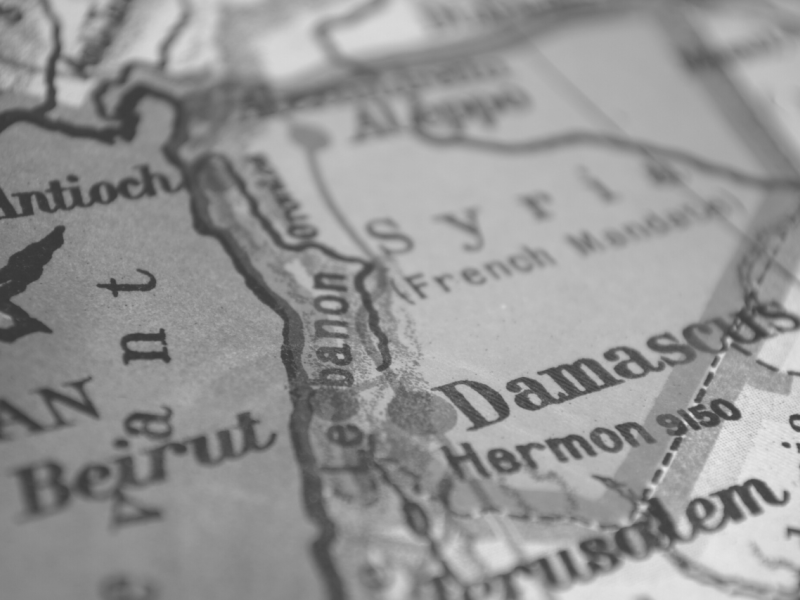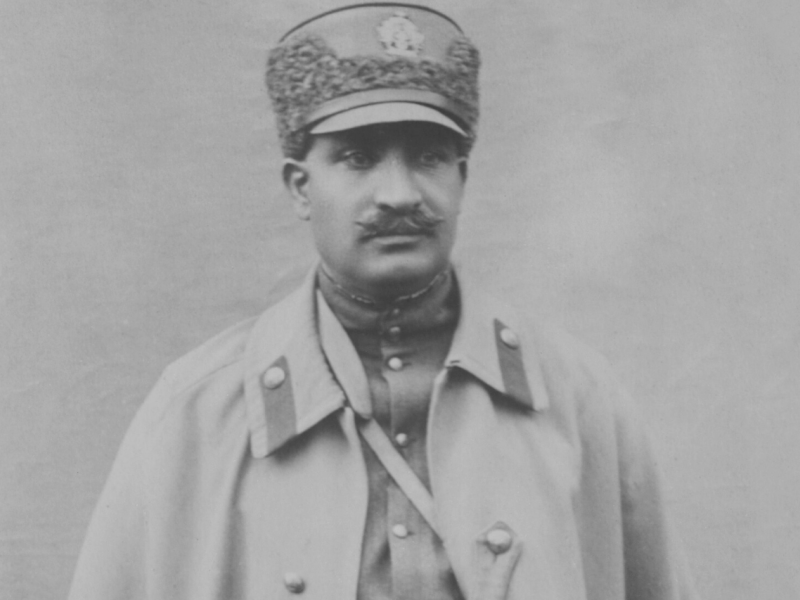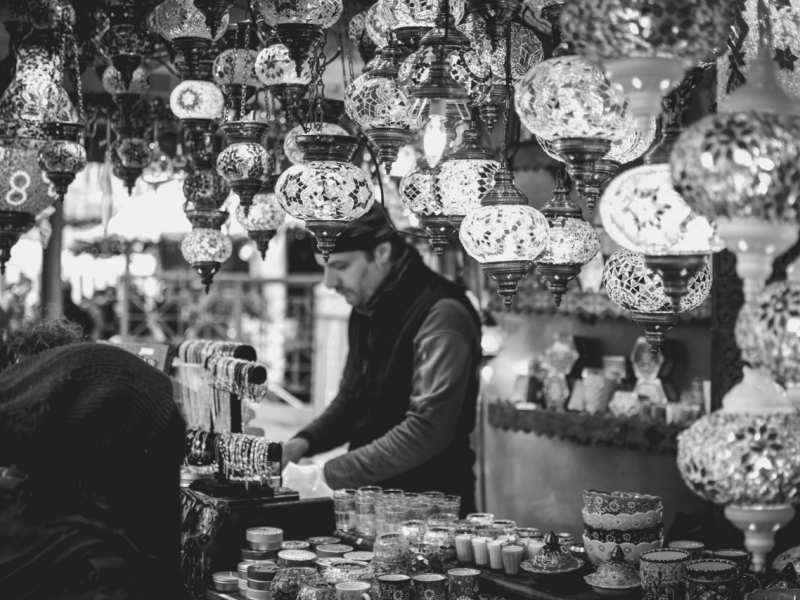Mahmoud Darwish: Revolutionary or Romantic?
Mahmoud Darwish was called the voice of Palestine and declared as its national poet. He is chiefly remembered as a resistance poet but he objected to being loved because of a political agenda. The decorated Palestinian poet was loved for his contributions.
This article takes a more in-depth look at Darwish, examines the life he lived, and determines whether he was a revolutionary, a romantic, or both?
Who was Mahmoud Darwish?
Born a second child, Mahmoud Darwish was born in 1941, an eventful time in history. His family was of modest means who owned a small plot of land. Mahmoud’s childhood was spent mainly at home where his grandfather taught him to read. He was born in the Galilee area, which would soon shape his socio-politico perspectives and heavily influence his work. As most of his writings would show, Mahmoud strongly objected to the Israeli military presence’s various aspects.
He was a highly decorated poet on the international stage. His connection to Palestine runs through his work, although his later works are more oblique. He argued that he wrote some of his romantic poetry to stake Palestinians’ claim on life outside of the conflict. He wrote some of his poetry in exile but the connection with Palestine remained. He spent time in Lebanon, Egypt, and Tunisia and in later years, returned to Ramallah.
His memory and work are beloved and he is the most notable Palestinian poet of recent years. However, his record is not without controversy. Some of his poems have been interpreted as hostile to Israelis in general, although he has challenged it publicly. He has even occasionally ruffled feathers in his own camp.
What context did he write in?
The Israeli-Palestinian conflict comes from the fact that two groups feel they have a claim to the same piece of land. Both groups have historical claims on the land although the history is hotly disputed. The region has changed hands and suffered many regime changes. The colonial influence of the British Empire was a major contributor.
In the mid-20th-century Jewish people fled Europe to escape Nazi persecution. Some groups tried to establish a new home in the now contested area of the Middle East. The more dominant Muslim Arab people who lived there resisted this and saw it as an invasion. International brokers made an attempt to divide the land but it was unsuccessful.
Two wars have been fought, interspersed with many struggles and battles. The largest conflicts were in 1948 and 1967. Israeli forces have occupied the Palestinian areas of Gaza and the West Bank for an extended period of time. As part of this, they have imposed unpopular security policies there. The policies and investigations create a major disruption to daily life.
Where did the Darwish family fit in this?
They were displaced in the 1948 conflict. Their home in Al-Birwa became Israeli territory. Mahmoud Darwish never returned to live in his birthplace. The family lived in Haifa during his teen years.
Darwish was banned from entering Israel, including the Palestinian territories, in 1973. This was a result of his membership in the Palestine Liberation Organization. He was not able to return until 1995. This made the conflict even more important to his life and work.
The early years
Mahmoud Darwish and his family were displaced when he was six. Still a small boy, he joined the tide of refugees fleeing ahead of Israeli forces. The army destroyed villages to prevent their former inhabitants from returning. The Darwish family did return but not to their home. The family fled to Lebanon initially and had to rely on United Nations refugee support.
The years that followed were grueling for the Darwish family. They lost their land and the future poet’s father had to seek work as a laborer to keep the family fed. They did not recover fully. The loss of their home was devastating.
It was in the wake of his displacement that Mahmoud Darwish became interested in poetry. A local military governor reprimanded Darwish for a poem he wrote while still in high school. It criticised inequality but did not survive his school years. By the time he was in his late teens, he was publishing his work and attracting formal reprimands.
Poems about Palestine: The evolution of a resistance poet
Darwish’s first formal contributions were poems about Palestine and Palestinians difficulties. His early work was in a classical form but addressed contemporary collective anger and mourning.
His first book of poetry was ‘Wingless Birds,’ published in 1960. ‘Leaves of the Olive Tree,’ ‘A Lover from Palestine’ and ‘End of the Night’ followed in short order. This was no mean feat. Activism and public poetry recitals meant he was frequently detained during this period.
Darwish was a communist party member from the 1960s and he was a stalwart of the communist newspaper. His imagery focused on themes that would hold meaning to displaced Palestinians. He wrote about olive groves, rocky land, and orchards alongside injustice and inequality. It captured the imagination of unhappy Palestinians and Darwish became a cultural touchstone.
Mahmoud Darwish Poetry: Is it traditional?
Early Darwish poems were in a classical Arabic style. They were often monorhymes. A style that is not common in English although traditional in other languages like Latin.
Over time, Darwish gained confidence and began to experiment with free verse. He continued to write his poetry in Arabic although he also spoke English, Hebrew, and French.
He found classical Arabic poets inspiring but they were not his earliest influences.
What connects Mahmoud Darwish’s poetry to Palestine?
Mahmoud Darwish spent his life with a finger on the pulse of the Palestinian people. His early poems used a shared memory of the landscape to create a sense of community. The fact that he stuck to traditional forms while writing about present-day problems was popular. He also gave a raw portrayal of outrage and sorrow, feelings that struck a chord with the whole community.
With his poem ‘Identity Card,’ Darwish quite literally struck a chord. A poem that ends on the burning lines
‘If I am hungry
I will eat the flesh of my usurper.
Beware beware of my hunger
And of my anger.’
The poem is from the perspective of an Arab man, stopped by an Israeli soldier for questioning. It is a defense of Palestinian existence in the face of occupation. He claims the dignity of ordinary Palestinian men and expresses anger. The poem became a protest song, leading to a period of house arrest for Darwish.
He composed poems about Palestine which personify it. Metaphors like Palestine as a palm tree holding on in the desert and a woman isolated from her loved ones. The wounded feeling is powerful in his early work and it remained relevant until after his death. His later works were skillful and popular but his early work was defining.
Poems: Are they all about Palestine?
Yes and no. Mahmoud Darwish was clear that he wanted to speak for Palestine but he did not want to speak only for one people.
His foray into love poetry was heartfelt and personal. The love in his poems reflects this sense of longing but impermanence. After leaving the Palestine Liberation Organization, Darwish looked for a new path. He still believed in the cause but did not want to be part of the organization. The poet took a different approach to his work and it led him towards romantic poetry.
Darwish published a volume called ‘The Strangers Bed,’ which focused on love poems. It contained many popular works but for many, the best is the longing classic ‘No more and No less.’ He hoped that writing about common humanity would help the general cause of promoting harmony.
How did his personal life affect his work?
As a man, his romantic life lacked a happy ending. Married twice and divorced twice. He wrote about a Jewish woman he loved in his youth under the name ‘Rita‘ extensively. Both marriages were without children. The Palestinian poet told an interviewer from the guardian in 2002 “I love to be in love. My horoscope sign is the fish; my emotions are changeable. When it’s over, I realise it wasn’t love. Love is to be lived, not remembered.”
His early life also showed a crossover between the personal and poetic. In his early career, he wrote the heart-rending poem ‘To my Mother.’ It was widely taken as a metaphor for his longing for his homeland. He wrote it partially in jail. He maintained it was literally about missing his mother.
Darwish opposed the military occupation of Palestine throughout his life. He did not believe that this should stop him from loving individual Israelis. His poetry shows this dual view. Bitter opposition to the occupation as well as the love he felt for various Jewish women. He pointed out in a Guardian interview (2002), that his first love and the first person to send him to jail were both Jewish
Controversies
In 1988 the poem ‘Those who pass between fleeting words’ caused a controversy. The poem asks ‘those who pass between fleeting words’ not to stay on Darwish’s shores and not live among ‘us.’ Some in Israel interpreted this as a call for Israeli’s to be expelled or encouraged to leave altogether.
Right-wing Israeli commentators pushed the narrative that Darwish was turning on left-wing Israelis. Darwish insisted the poem was specifically about occupation forces in Gaza and the West Bank. He stated it was not intended to refer to the entire area or all Israelis. It was a rocky chapter since Darwish is often seen as a moderate, someone open to reconciliation. Until his clarification, some liberal Israelis felt burned.
In the year 2000, Darwish’s poems caused a political storm in a surprising way. The education minister attempted to include Darwish's poetry in the high school curriculum. Mr. Sarid stated that it was time for Israeli students to learn more about the Palestinian perspective. Conservatives in the coalition threatened a vote of no confidence and the plan stalled.
Final Chapter
After years of trouble with his heart, Darwish died in 2008. A few days after open-heart surgery. The reaction to his passing demonstrated how beloved he was. His body was returned to Ramallah, an occupied territory where he lived in his later life. His funeral was attended by thousands. A procession accompanied his last journey and the Palestinian President, Mahmoud Abbas spoke of the nation’s loss. President Abbas declared three days of national mourning to mark his death.
He is remembered far beyond the occupied territories. Mahmoud Darwish’s books were translated into over 20 languages. His colleagues in penmanship across the Israeli-Palestinian divide grieved his loss. His mother said that when he died, she felt that the whole of Palestine had lost a son too.
Conclusion
Mahmoud Darwish’s poetry is a major part of the international representation of Palestine. The poet himself is complex. He loved his homeland and his work on the subject is poignant, but he also wrote about love and loss to great acclaim. He could not escape being both revolutionary and romantic. He wrote about resistance with romance, and echoes of resistance permeate his romance.
Mahmoud Darwish was displaced from his home as a child, this was formative and traumatic.
His poems and political consciousness were with him from an early age.
He was imprisoned by Israeli authorities several times for protesting and breaching ordinances.
His early poems had more political subject matter and more classical form.
His later work is less explicitly political and more free form.
He was a moderate voice but had some controversial moments.
His poetry is most loved by Palestinians but he spoke to everyone.
